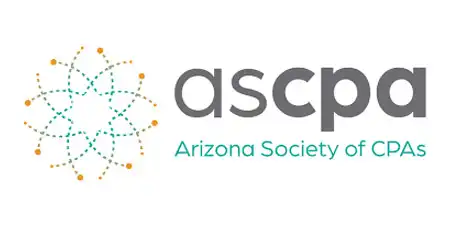Year-End Income Tax Planning Tips for Individuals
As the end of the year approaches, now is a good time to consider strategies that might help lower your tax bill for 2023.
The standard year-end approach of deferring income and accelerating deductions to minimize taxes will continue to produce the best results for all but the highest income taxpayers, as will the bunching of deductible expenses into this year or next to avoid restrictions and maximize deductions.
We have compiled a list of actions based on current tax rules that may help you save tax dollars if you act before year-end.
- Tax credits for electric vehicles are still in effect. If you are looking to buy a new car by December 31, be aware that the Inflation Reduction Act introduced various credits for buying both new and used electric vehicles.
- Postpone income until 2024 and accelerate deductions into 2023 if doing so will enable you to claim larger deductions, credits, and other tax breaks for 2023 that are phased out at varying levels of adjusted gross income (AGI). However, in some cases, it may be more beneficial to accelerate income into 2023. For example, that may be the case where a person will have a more favorable filing status this year than next or expects to be in a higher tax bracket next year. That is especially a consideration for high-income taxpayers who may be subject to higher rates next year under proposed legislation.
- Consider converting traditional-IRA money invested in any beaten-down stocks (or mutual funds) into a Roth IRA in 2023 if eligible to do so. Keep in mind, however, that such a conversion will increase your AGI for 2023 and possibly reduce tax breaks subject to phaseout at higher AGI levels.
- Many taxpayers may not be itemizing in 2023 because of the high basic standard deduction amounts that apply ($27,700 for joint filers, $13,850 for singles and for marrieds filing separately, and $20,800 for heads of household), and because many itemized deductions have been reduced or abolished. You may be able to work around these deduction restrictions by applying a bunching strategy to pull or push discretionary medical expenses and charitable contributions into the year where they will provide a tax benefit. For example, if you know that you will be able to itemize deductions this year but not next year, you will benefit by making two years’ worth of charitable contributions this year, instead of spreading out donations over 2023 and 2024.
- New rules apply to required minimum distributions (RMDs) from an IRA or 401(k) plan (or other employer-sponsored retirement plan). In general, an IRA owner must take their first RMD for the year in which they reach age 72 (73 if they reach age 72 after December 31, 2022). However, they can delay taking their first RMD until April 1 of the following year. Those who reached age 72 in 2022 must take their first RMD by April 1, 2023, and the second RMD by December 31, 2023. If they reach age 72 in 2023, their first RMD for 2024 (the year they reach 73) is due by April 1, 2025.
- If you are age 70½ or older by the end of 2023, have traditional IRAs, and especially if you are unable to itemize your deductions, consider making 2023 charitable donations via qualified charitable distributions from your IRAs. These distributions are made directly to charities from your traditional IRAs, and the amount of the contribution is neither included in your gross income nor deductible on Schedule A of Form 1040. However, you are still entitled to claim the entire standard deduction. (The qualified charitable distribution amount is reduced by any deductible contributions to an IRA made for any year in which you were age 70½ or older, unless it reduced a previous qualified charitable distribution exclusion.)
- Know your remaining lifetime exemption and how you will use it before its potential 50% decrease in 2026. Every person is given an amount that is exempt from federal estate, gift, and generation-skipping transfer (GST) tax that they may use during their lifetimes, at death, or a combination of each. In 2023, the lifetime exemption is $12.92 million. Exemption amounts were temporarily doubled as part of the 2017 Tax Cuts and Jobs Act. Any amount unused upon expiration of the temporary doubling will be lost. Married couples that may not utilize the entire exemption of more than $25 million should consider utilizing 100% of one spouse’s exemption to capture at least part of the increase.
- Make any gifts sheltered by the annual gift tax exclusion of $17,000. This can be a simple tool to decrease your estate without paying any additional tax.
- Consider charitable contributions of appreciated securities, which eliminates income tax on the gain from appreciation while the fair market value is deductible if you itemize (some limitations apply).
- Maximize your use of employer-sponsored or self-employed retirement accounts. The maximum contribution that an individual can make in 2023 to a 401(k), 403(b), and most 457 plans in $22,500. People aged 50 and over have the option to make an additional “catch-up” contribution of $7,500 (total $30,000).
- Consider increasing the amount you set aside for next year in your employer’s FSA if you set aside too little for this year and anticipate similar medical costs next year.
- If you become eligible in December 2023 to make health savings account (HSA) contributions, you can make a full year's worth of deductible HSA contributions for 2023.
- If you are an Arizona resident, you can make
charitable donations, to certain qualifying organizations, that offset Arizona income taxes (limitations apply).
For additional details about the above-noted items and other potential year-end planning opportunities, please contact your Walker & Armstrong tax professional.




